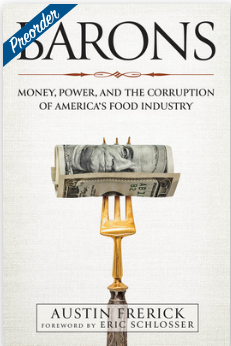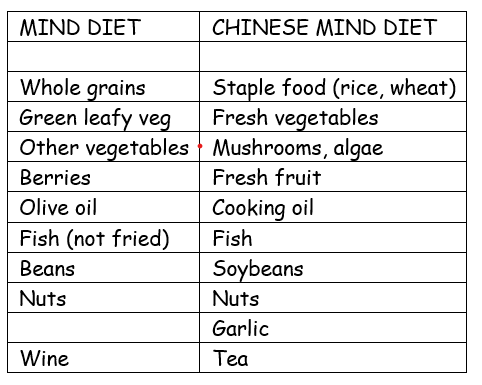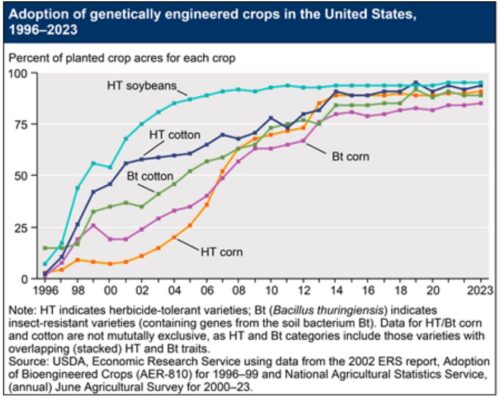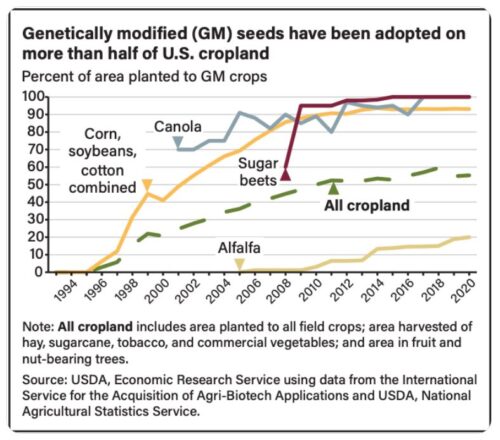The Weight of Ozempic: Today’s panel discussion
Today I’m participating on a panel discussion on Ozempic at 12:30 EDT. See announcement to the right; register for it here.
I watched the Oprah special on the obesity drugs.
Its messages:
- Obesity is a disease, requiring treatment.
- These drugs offer treatment.
- The drugs are effective; side effects are minimal.
- Yes they are expensive and therefore, promote inequality; therefore, the government should pay for them.
The program was a one-hour, prime-time commercial for the drugs.
The physicians who testified on their behalf consult for the drug companies.
The program has already had an effect. cause the FDA says semaglutide helps prevent heart attacks, strokes, and deaths in overweigth people, the government will now authorize payment through Medicare Part D.
Here’s what was not discussed.
- The fortunes the drug companies spent on getting doctors, health professionals, and influencers to promote the drugs and minimize their side effects. See Reuters for US doctors and The Guardian for European influencers.
- The sharp rise in obesity prevalence between 1980 and 2000 and the environmental and commercial reasons for it.
- Anything about prevention. and changing that food environment.
- Anything serious about the down side of taking the drugs (lifetime treatment, cost, side effects, loss of joy in eating).
An editorial in The Lancet says:
A simple pill or injection will undoubtedly help some patients, but it cannot be the sole basis for addressing the complexities of obesity. Obesity is a product of not only an individual’s circumstances and behaviour, but also society at large, shaped by global food markets and trade agreements. Multidimensional approaches are needed to curb the effects of the obesogenic environment, particularly against an international industry that promotes overproduction of cheap food and drinks. Physical activity needs to increase; walking and cycling for journeys to work or school should be normalised and made easier and safer. Sugar taxes and curbs on marketing of high-energy, high-fat, ultra-processed foods need to be implemented. Prevention must be the foundation upon which everything else follows.
Other comments
- The New York Times account focuses on stigma.
- USA Today says people are suing the drug companies over side effects.
Much to be said about all this. Stay tuned.






